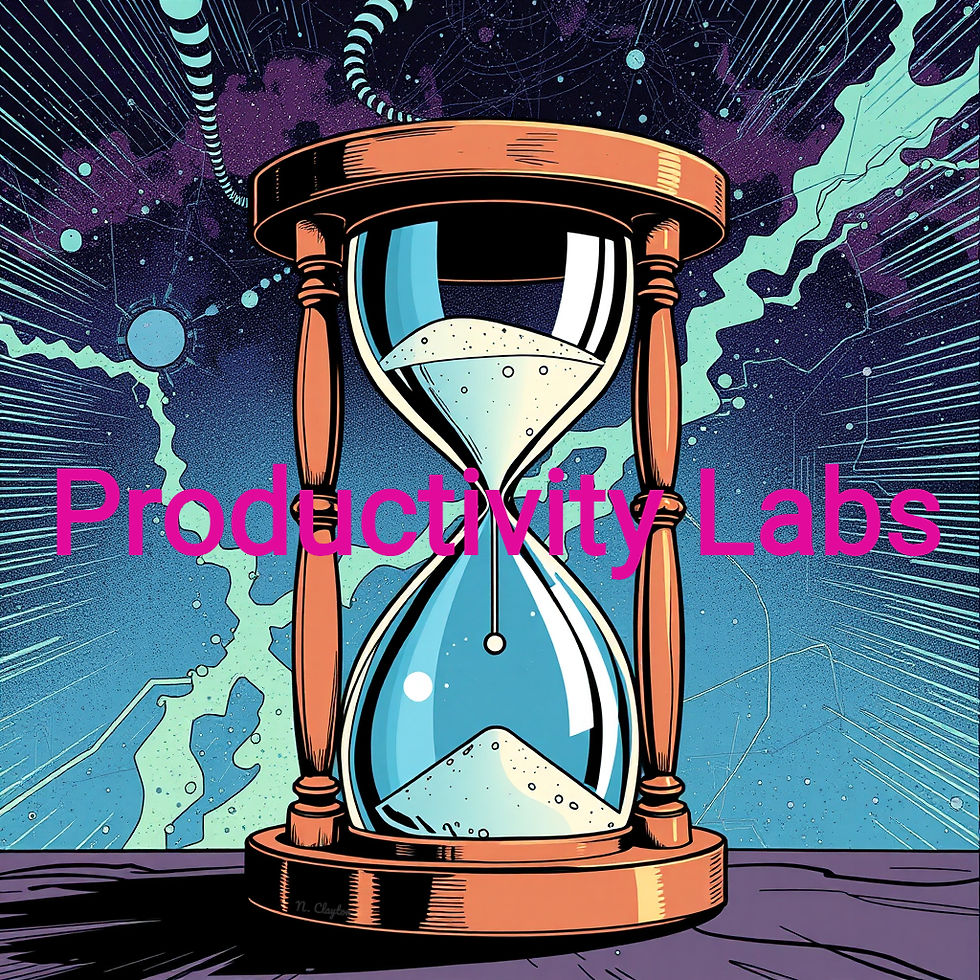The Continuous Calibration of Leadership: How Organizations Can Combat Mediocrity and Multiply Talent
- Nicole Clayton

- Aug 20
- 2 min read
Updated: Sep 25

Leadership isn’t a finish line, it’s a constant state of calibration. Yet too many organizations only measure management effectiveness during performance reviews, exit interviews, or after crises surface. By then, the damage is done.
At Productivity Labs, we believe leadership health should be measured with the same regularity as financial health: continuously, intentionally, and systemically.
Mediocre Managers: The Silent Productivity Killer
The mediocre manager is not always loud or toxic. More often, they’re quietly costly:
Feedback comes only once a year.
Struggling employees are left unsupported.
Rising stars are overlooked until they leave for better opportunities.
The impact? Engagement drops, innovation stalls, and turnover climbs under the radar until results (breakdowns) force attention.
Continuous Temperature Checks
Healthy organizations don’t wait for big problems. They build small, ongoing practices into their culture:
Pulse Surveys — Not just “How engaged are you?” but “What one thing would make your role easier this week?”
Regular Manager 360s — Quick, lightweight tools where employees can give upward feedback safely.
Feedback as Flow — Making course correction part of everyday conversation, not annual events.
Cultural Dashboards — Tracking signals like internal mobility, team turnover, and even meeting sentiment to catch issues early.
Supporting the Next Generation of Leaders
One of the greatest risks to productivity is promoting high performers into management without preparation. Too often, organizations reward technical expertise with people leadership — then fail to support the transition.
Instead, organizations should:
Offer Leadership Pathways Early — Micro-trainings and mentorship before employees supervise others.
Normalize Coaching Conversations — So new managers learn to balance productivity and empathy.
Spot Rising Stars and Catapult Them Forward — Not just rewarding individual output, but teaching them to multiply the success of others.
When managers are equipped to launch their teams, not control them, productivity compounds.
Leadership as Ecosystem
No manager operates in isolation. Their effectiveness is shaped and sometimes distorted by the systems around them. Continuous calibration means:
Diagnosing: Where are feedback loops broken?
Correcting: Intervene with coaching, training, or systemic shifts.
Stepping Back: Let managers and teams grow without over-engineering.
Like a consultant who identifies the issue, prescribes corrective actions, and then leaves, organizations must design leadership development as a cycle of check, act, release.
Closing Thought
Leadership mediocrity is not a people problem alone--it’s a systems problem. Organizations that thrive embed small, practical practices that continuously take the temperature and ensure managers are both growing themselves and launching others.
Because productivity isn’t just about doing more. It’s about building environments where people--managers and rising stars alike--can do their best work, and help others do the same.



Comments